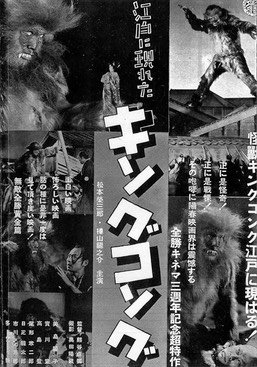News and Opinion
A Prehistory of Japanese Sci-Fi and Fantasy Cinema

Continuing my project of uploading old articles onto the Yale repository, I recently uploaded a more recent piece on the history of Japanese science fiction and fantasy films in the prewar era. Mark Schilling, who has programmed several marvelous retrospectives at the Udine Far East Film Festival, put together a series for the 2016 edition entitled “Beyond Godzilla: Alternative Futures and Fantasies in Japanese Cinema” to give audiences a sense of how rich Japanese sci-fi and fantasy film is beyond the big green monster. He kindly asked me to pen a piece on prewar works for the catalog of the retrospective.
Prewar Japanese science fiction and fantasy film remains relatively unknown, primarily because not too many films were made and few prints have survived. As I argue in the piece, against a film culture that valorized realism, such works were often confined to the margins of the industry, with movies like the legendary King Kong Appears in Edo (1938; an ad for the film is on the right) or The Steel Man (1938; featuring samurai battling a robot) mostly being produced by third-rung studios. Toho was the exception, making for instance the time-slip film Shimizu Harbor, Part II (1940) or Son Goku (1940), and thus helping lay the foundations for Godzilla and postwar tokusatsu films. Son Goku was Tsuburaya Eiji’s first SFX flick for Toho, so I couldn’t help but talk about his beginnings as a camera assistant on Page of Madness (1926), one of prewar Japan’s most complex and inventive films in terms of camera effects. (An introduction to my book on the film is here.)

